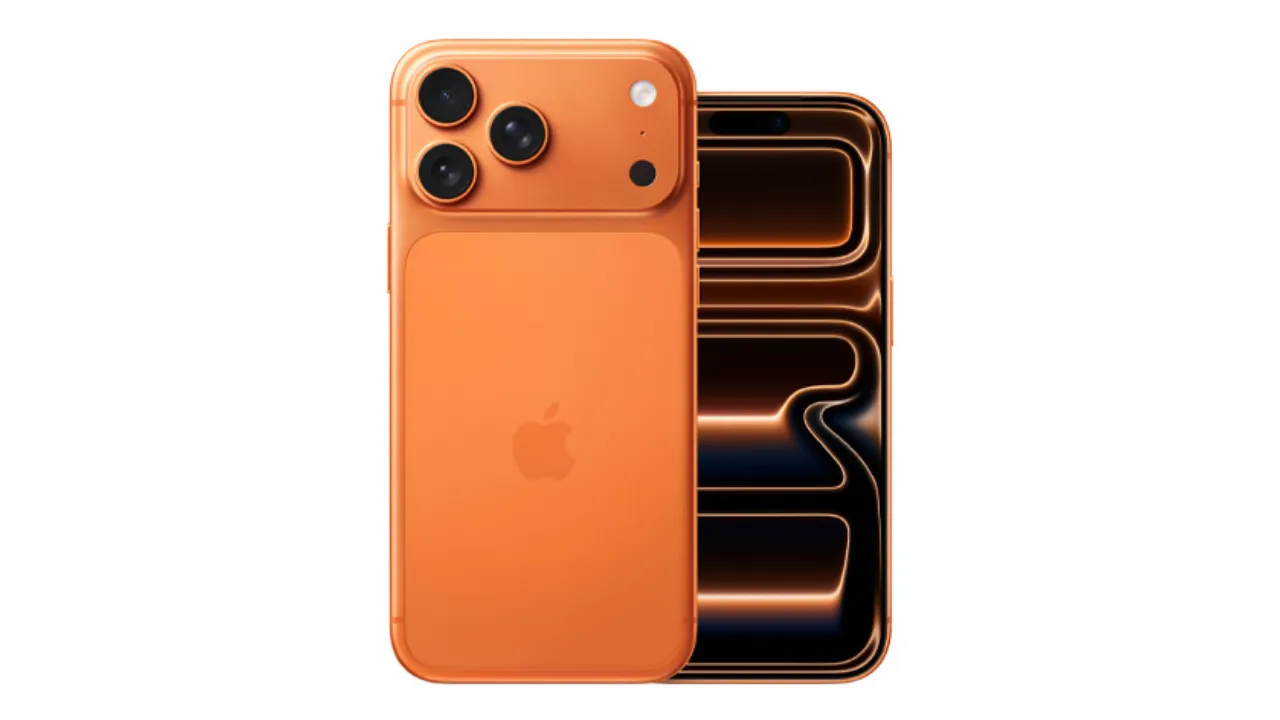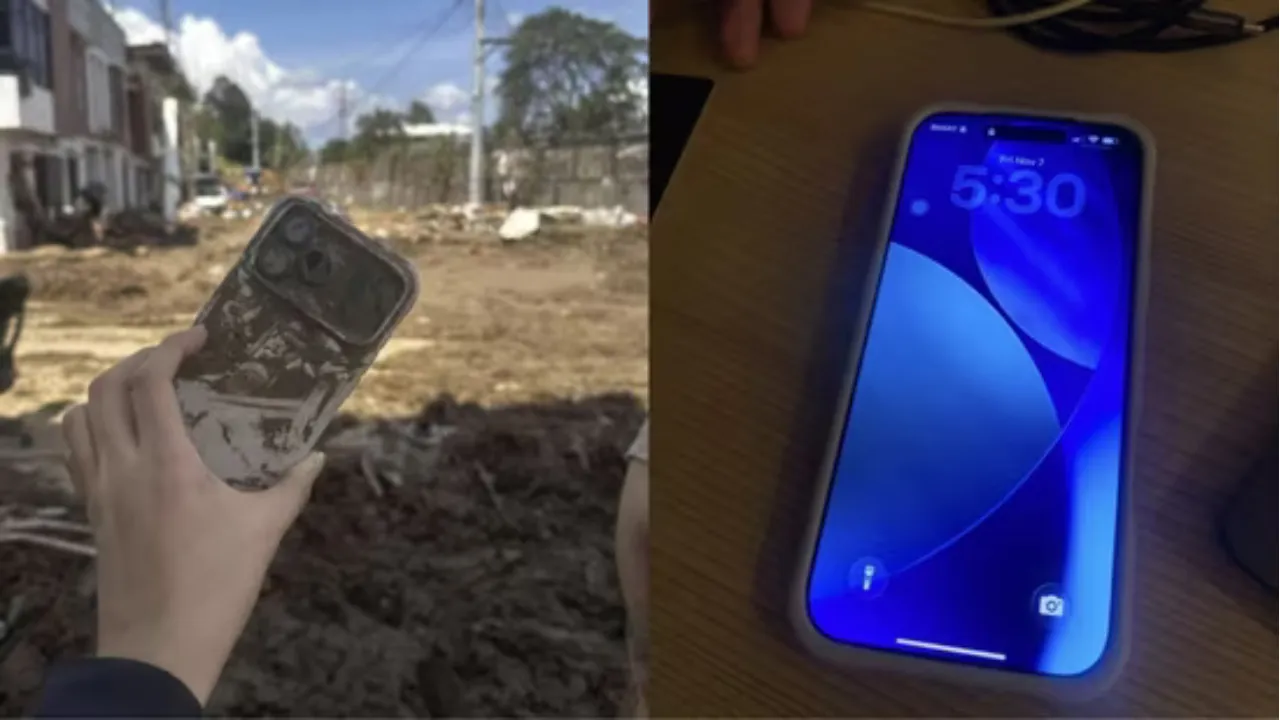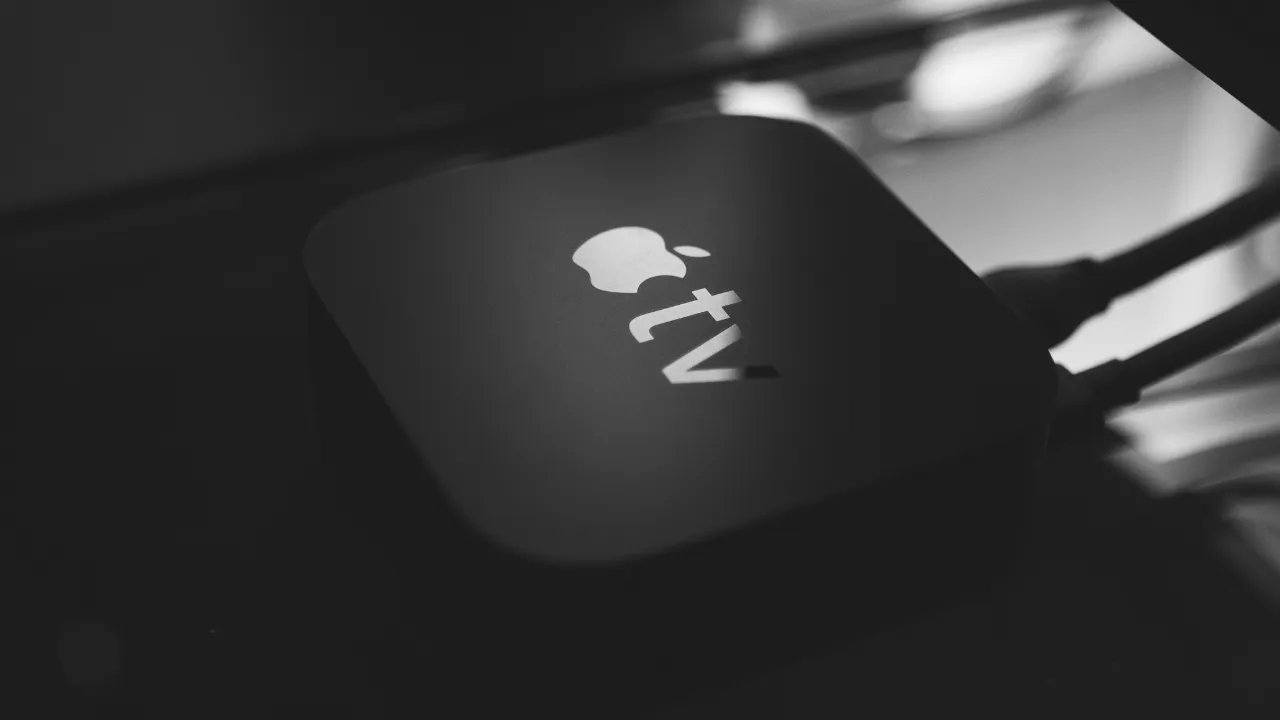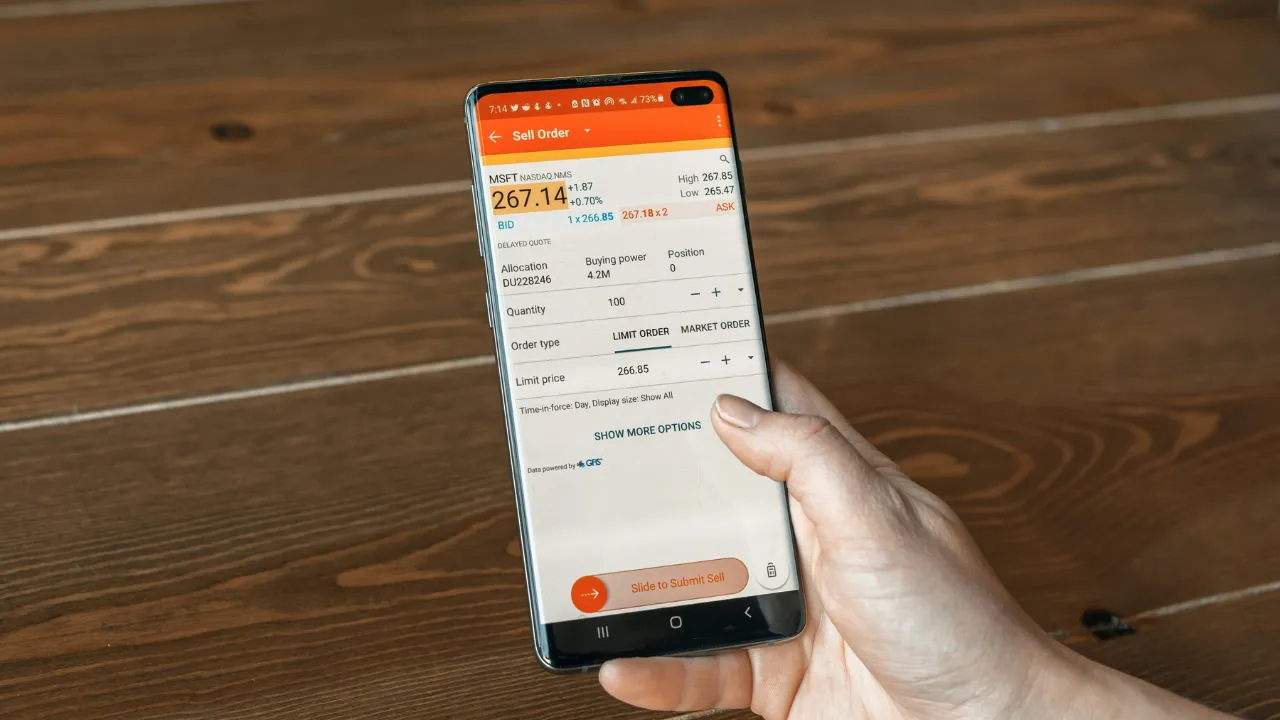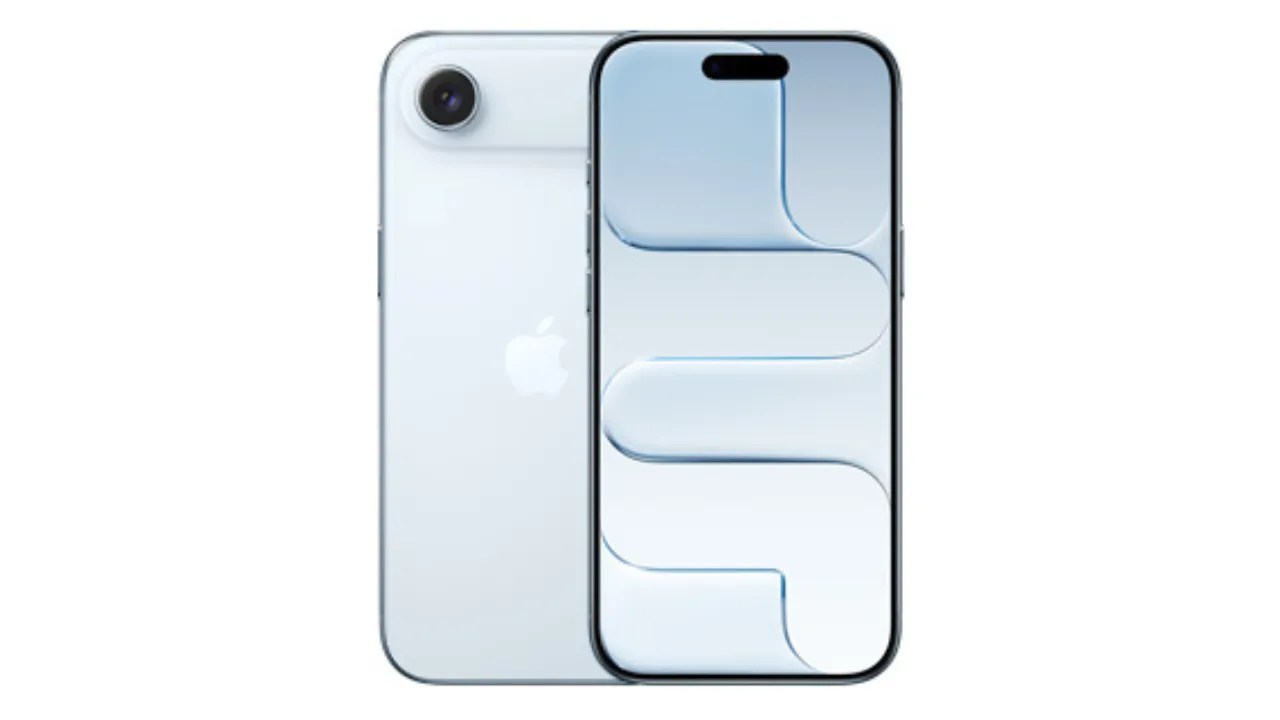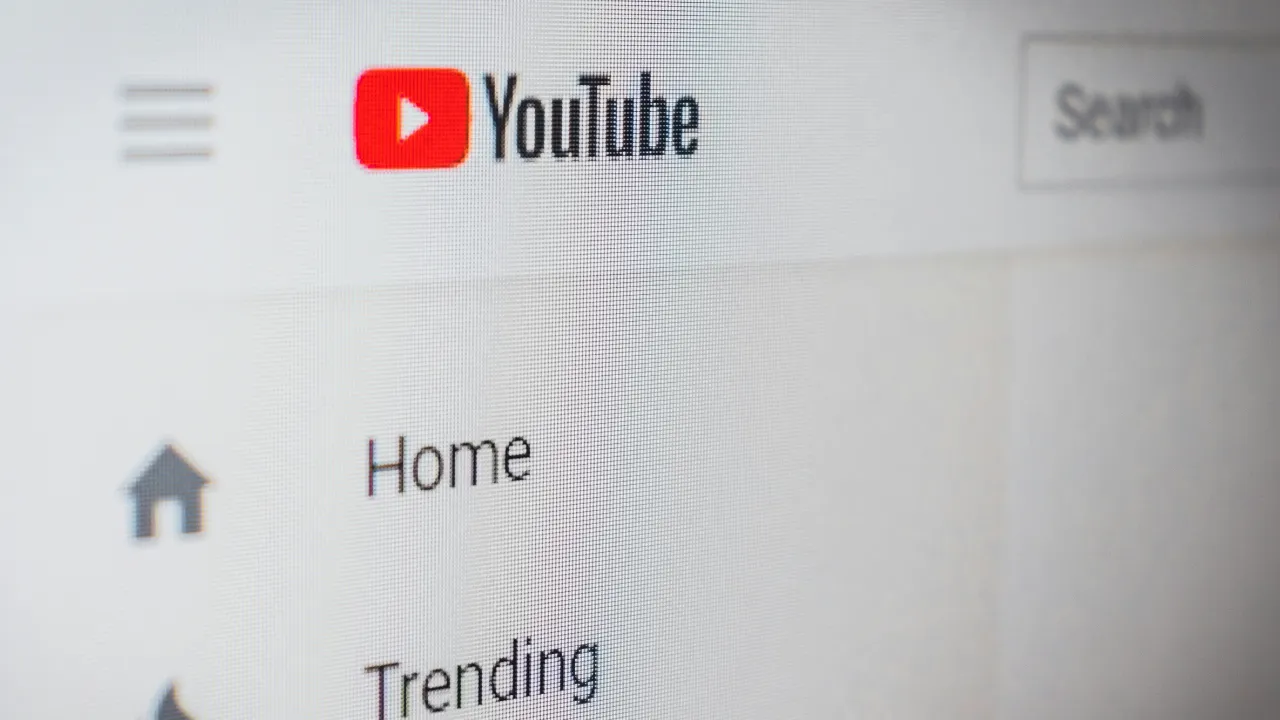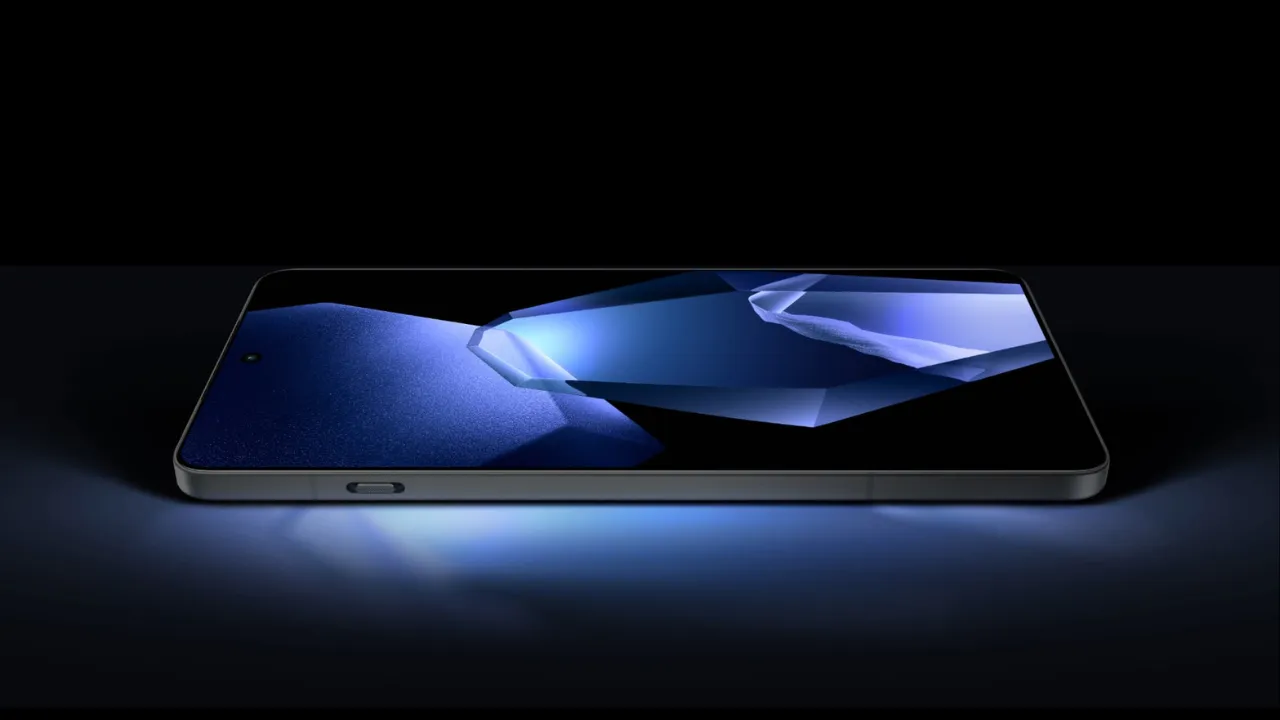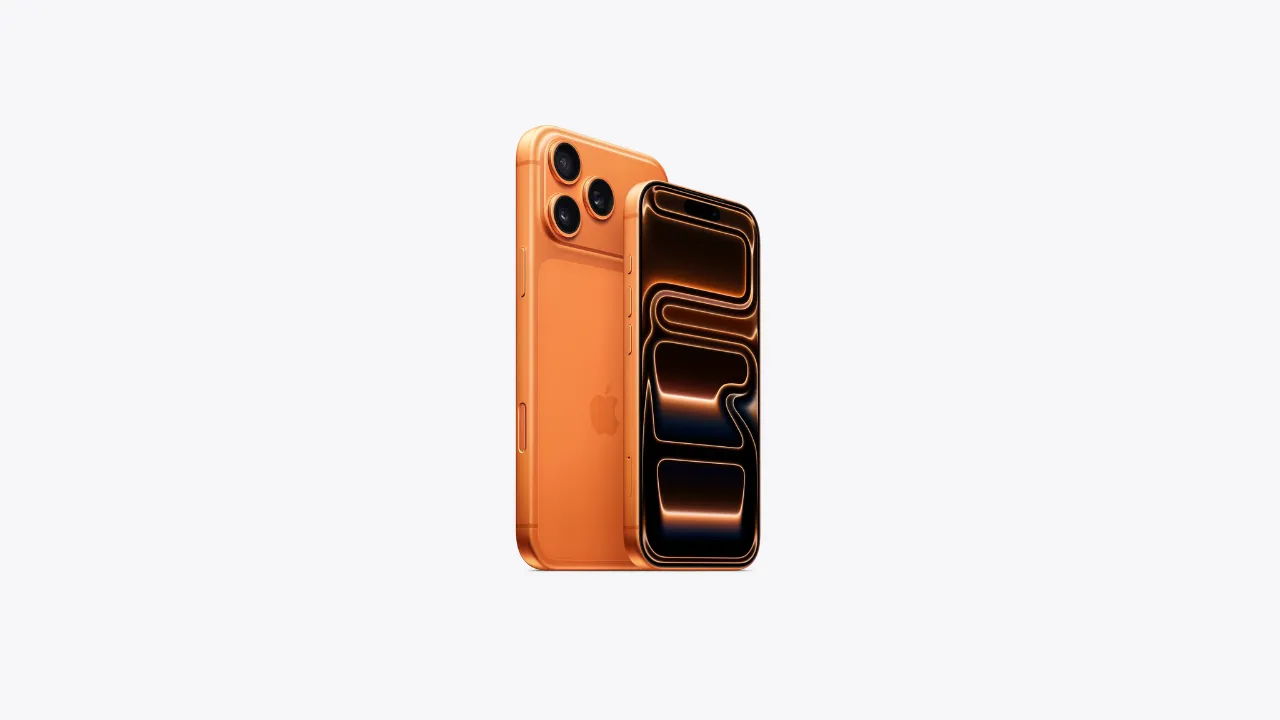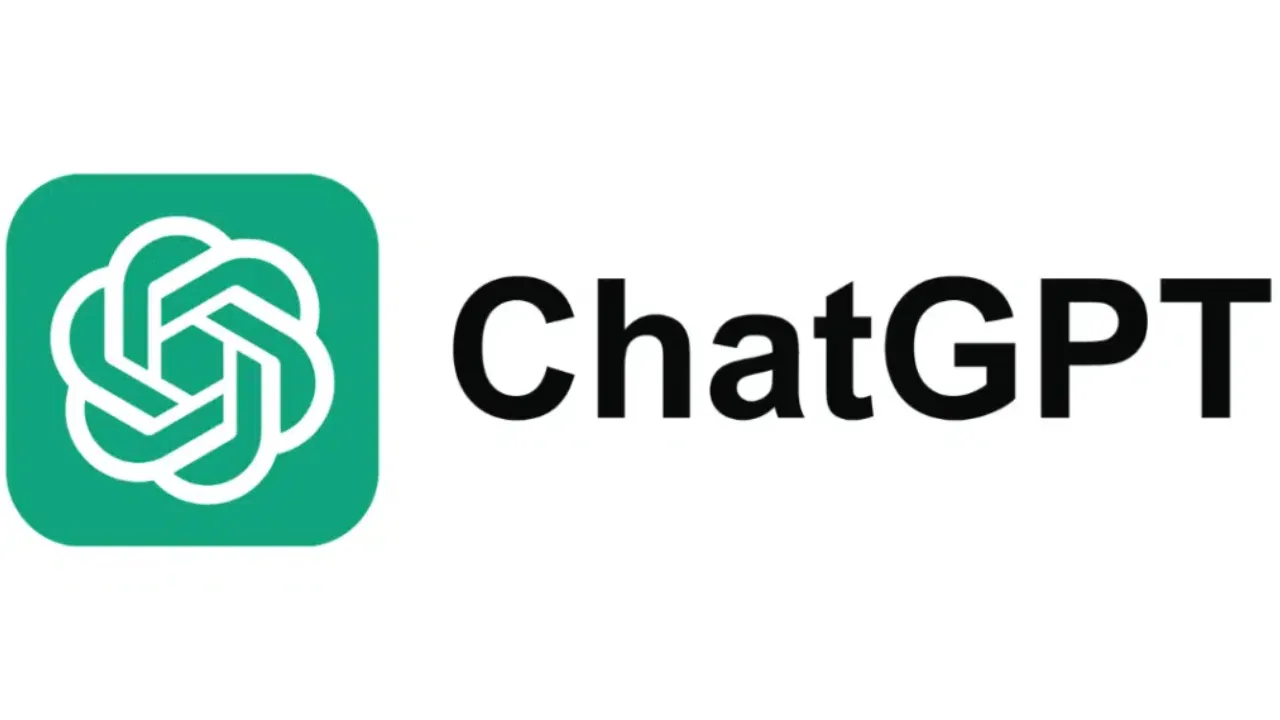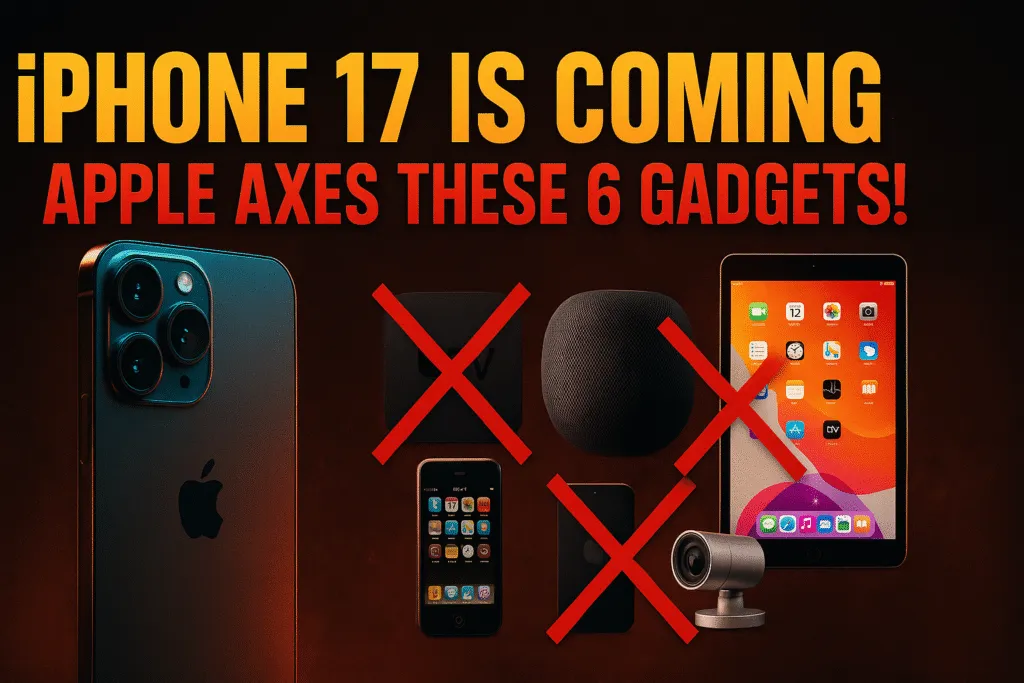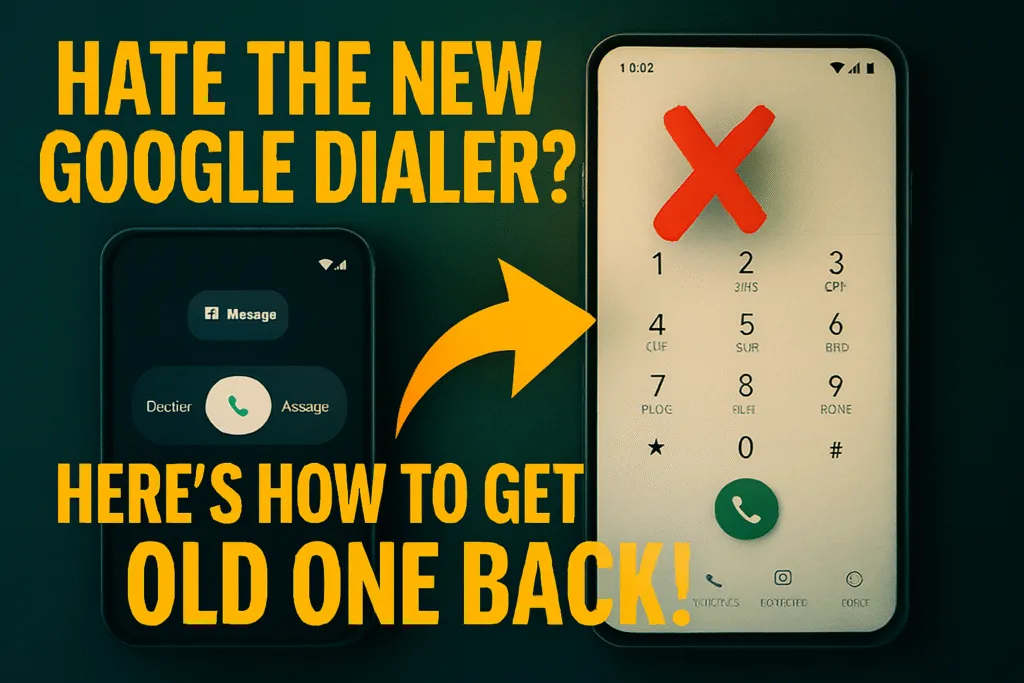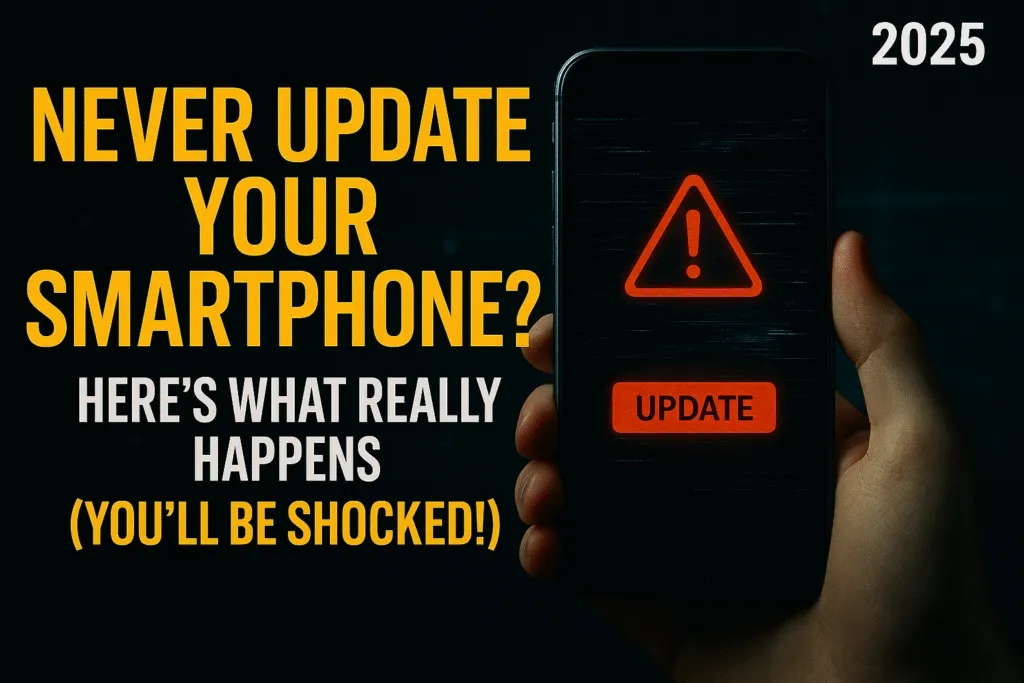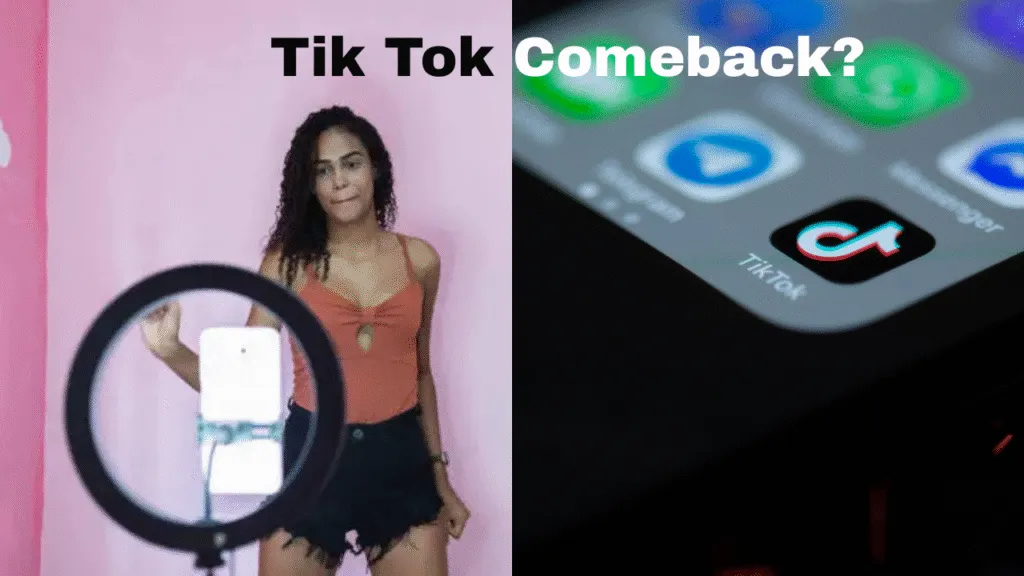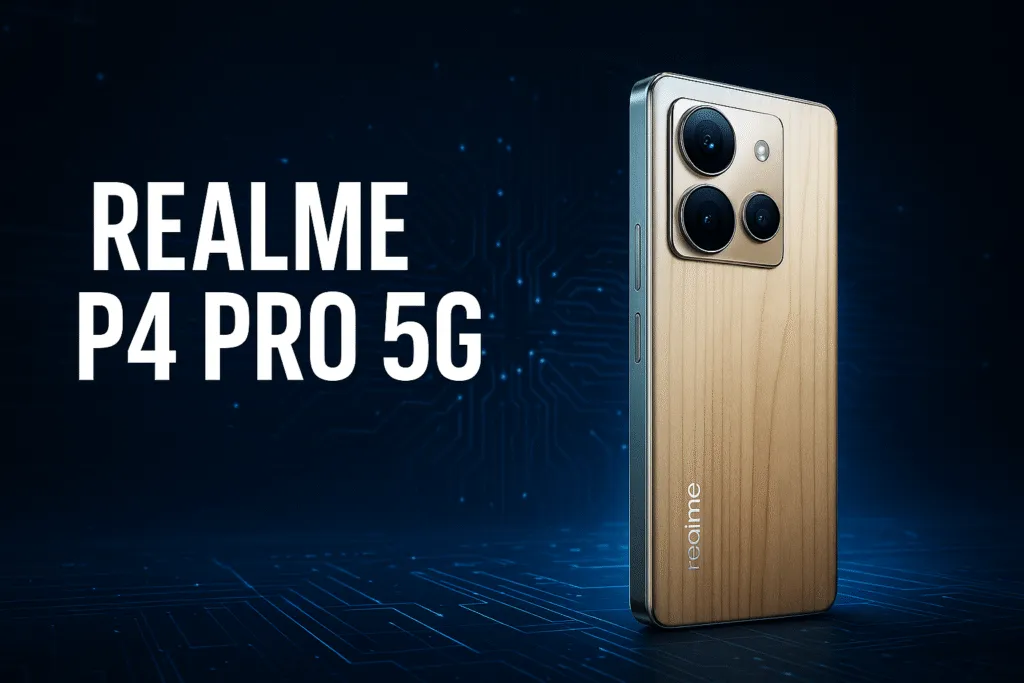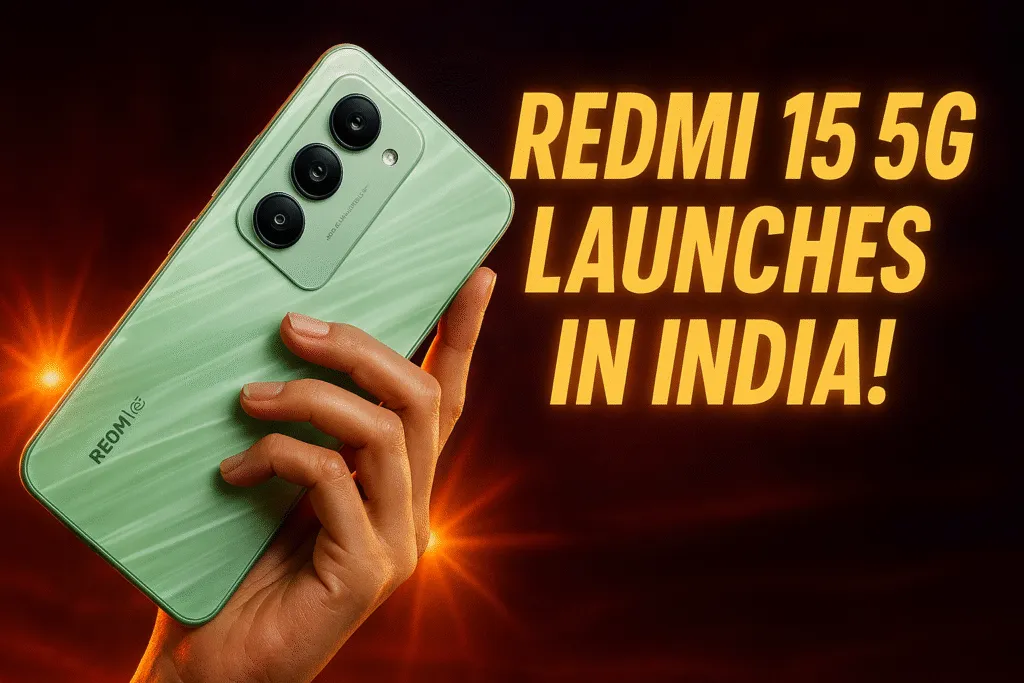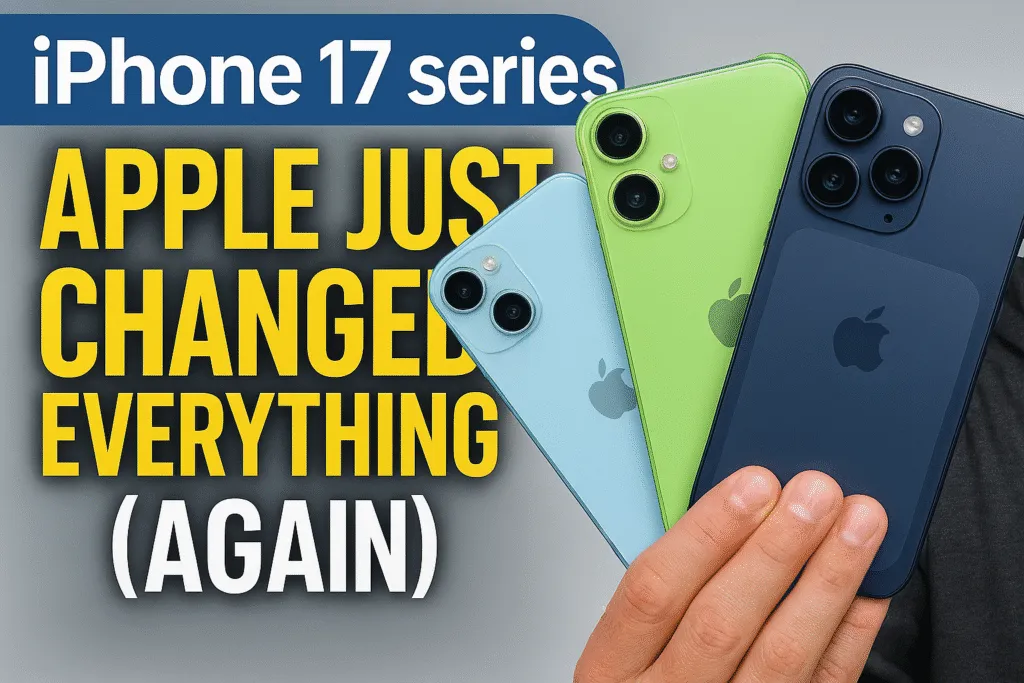Introduction – The Rise of Foldables in 2025
The smartphone industry has seen rapid innovation over the past few years, but 2025 has brought a real shift in how we use and interact with our devices. One of the most talked-about trends right now is the rise of the foldable phone. What was once considered a futuristic concept has now become a practical reality for many users. Big tech brands like Samsung, OnePlus, Google, and Vivo are pushing hard into this space, releasing sleek, durable, and powerful foldable phones that are capturing attention across markets.
The appeal of a foldable phone lies in its ability to offer both a compact design and a tablet-like experience in one device. This dual functionality makes it ideal for multitasking, media consumption, and productivity on the go. With advancements in hinge mechanisms, display technology, and battery life, foldables are no longer fragile prototypes. They’re now reliable, premium devices aimed at power users and tech enthusiasts.
As prices become slightly more competitive and software adapts better to larger displays, more people are considering switching to a foldable phone. But are they really worth the investment in 2025? That’s what we’ll explore in this guide, along with the best models available today.
Why Foldable Phones Are Trending Now
In 2025, the buzz around foldable phones is louder than ever—and for good reason. With consumers demanding more screen space without sacrificing portability, the foldable phone has emerged as the perfect hybrid solution. It combines the convenience of a smartphone with the expansive display of a tablet, all in a single device that fits in your pocket.
Another key reason for the rising popularity is the maturity of foldable technology. Early foldables had durability issues, visible screen creases, and fragile hinges. But today’s models have improved significantly. Brands like Samsung, Honor, and Vivo have introduced tougher ultra-thin glass, stronger hinge designs, and IP-rated water resistance, making foldable phones more practical for everyday use.
Additionally, software has caught up with the hardware. Multitasking features, split-screen modes, and app continuity across folded and unfolded states are now smooth and reliable. This makes foldables more functional than ever, especially for professionals and content creators.
Finally, foldable phones are becoming a style statement. Their futuristic look and premium feel are attracting users who want to stand out from the crowd. With flagship-level performance, great cameras, and optimized software, it’s no surprise that more users are considering a foldable phone as their next upgrade.
Top Foldable Phones in 2025 (With Specs & Highlights)
The foldable phone market in 2025 has grown rapidly, with multiple brands launching innovative models packed with flagship features. These devices are no longer experimental concepts—they’re now polished, high-performance smartphones designed for daily use. Let’s take a closer look at the top foldable phones in 2025, covering their key specs, unique features, and why they stand out.
Samsung Galaxy Z Fold6
Samsung continues to dominate the foldable market with its latest Galaxy Z Fold6. This year’s model is lighter, thinner, and more durable than ever before. Samsung has refined the design with a titanium hinge, a less visible crease, and IPX8 water resistance.
Key Specs:
- Display: 7.8″ QXGA+ Dynamic AMOLED 2X main screen, 6.3″ cover display
- Processor: Snapdragon 8 Gen 3
- RAM & Storage: Up to 16GB RAM, 1TB storage
- Battery: 4800mAh with 45W fast charging
- Cameras: Triple rear (50MP main, 12MP ultra-wide, 10MP telephoto), 10MP front + 4MP under-display camera
- Software: Android 14 (One UI 7), advanced multitasking tools
What makes the Z Fold6 shine is its seamless app continuity, advanced multitasking layout, and Flex Mode features. It’s built for power users who need productivity and entertainment in one device.
OnePlus Open 2
OnePlus returned to the foldable segment in 2025 with the Open 2, a significant upgrade from its first-gen model. With a slimmer design, improved hinge, and enhanced OxygenOS features for folding screens, Open 2 offers excellent value and user experience.
Key Specs:
- Display: 7.9″ AMOLED main screen, 6.4″ cover display, 120Hz refresh rate
- Processor: Snapdragon 8 Gen 3
- RAM & Storage: 12GB/16GB RAM, 512GB/1TB storage
- Battery: 5000mAh with 100W SuperVOOC charging
- Cameras: Hasselblad-tuned triple setup (50MP main, 48MP ultra-wide, 64MP telephoto), 32MP front camera
- Software: OxygenOS Fold 2.0 based on Android 14
The Open 2 stands out for its near-invisible crease, vibrant displays, and professional-grade camera system. It’s ideal for users who want a flagship foldable phone without breaking the bank.
Google Pixel Fold 2
The Pixel Fold 2 brings Google’s best AI features into the foldable form factor. This year’s iteration is thinner, lighter, and powered by the custom Tensor G4 chip, which enhances on-device AI performance, camera processing, and battery management.
Key Specs:
- Display: 7.7″ LTPO OLED main screen, 5.9″ cover display
- Processor: Google Tensor G4
- RAM & Storage: 12GB RAM, 256GB/512GB storage
- Battery: 4700mAh with 30W fast charging
- Cameras: 50MP wide, 12MP ultra-wide, 10.8MP telephoto; 9.5MP front camera
- Software: Android 15 with Pixel-exclusive features
Pixel Fold 2 excels in AI-driven photography, real-time translation, voice typing, and Google Assistant enhancements. It’s best suited for those who want a clean Android experience on a foldable phone with smart software features.
Honor Magic V3
Honor has surprised many in 2025 with the release of the Magic V3, a true engineering marvel. It’s one of the thinnest and lightest foldable phones, offering a stunning design without compromising performance or battery life.
Key Specs:
- Display: 7.92″ OLED main screen, 6.5″ outer display, 120Hz refresh rate
- Processor: Snapdragon 8 Gen 3
- RAM & Storage: Up to 16GB RAM, 1TB storage
- Battery: 5100mAh with 66W wired and 50W wireless charging
- Cameras: 50MP main, 50MP ultra-wide, 50MP telephoto; 16MP front
- Software: MagicOS 8.0 based on Android 14
Honor Magic V3 is praised for its minimal crease, high screen brightness, and premium build quality. Its ultra-slim profile makes it feel more like a regular phone when closed, offering top-tier performance in a compact body.
Vivo X Fold 3 Pro
Vivo’s X Fold 3 Pro has taken the photography game seriously in the foldable segment. With ZEISS optics, a powerful image-processing chip, and excellent low-light performance, this model is a treat for content creators and mobile photographers.
Key Specs:
- Display: 8.03″ main AMOLED display, 6.53″ outer display, 120Hz LTPO
- Processor: Snapdragon 8 Gen 3
- RAM & Storage: 16GB RAM, up to 1TB storage
- Battery: 5500mAh with 80W wired and 50W wireless charging
- Cameras: Quad setup with 50MP main sensor, 64MP telephoto, 48MP ultra-wide, and 32MP front camera
- Software: OriginOS Fold based on Android 14
What makes the X Fold 3 Pro special is its photo and video quality, fast charging, and immersive screen. It’s built for users who care deeply about visual content and want a foldable phone that delivers flagship-level camera performance.
Which One Should You Choose?
Each of these foldable phones in 2025 brings something unique to the table:
- Samsung Galaxy Z Fold6: Best for multitasking, software optimization, and long-term software support.
- OnePlus Open 2: Ideal for users seeking flagship performance and premium features at a relatively lower price.
- Google Pixel Fold 2: Great for stock Android lovers and users who rely on smart AI features.
- Honor Magic V3: Perfect for those who want a slim, stylish, and well-built foldable phone.
- Vivo X Fold 3 Pro: Recommended for photography and video-first users who want top-notch imaging in a foldable form.
As foldable technology continues to evolve, these models are setting the new standard for innovation, usability, and premium smartphone experience. Whether you’re a power user, a creator, or someone who just wants something different from a traditional phone, 2025 has a foldable phone option for you.
Pros of Using a Foldable Phone in 2025
The foldable phone has evolved from a futuristic concept into a practical and premium device in 2025. One of the biggest advantages is its dual-screen flexibility. With a compact size when folded and a tablet-like display when opened, users can enjoy the best of both worlds. Whether you’re multitasking with split-screen apps or watching content on a larger display, the experience is far superior to traditional smartphones.
Foldables are also productivity powerhouses. They allow for seamless multitasking—running three apps side by side, using floating windows, or even video calling while taking notes. Business users, students, and content creators benefit from the increased screen real estate without needing to carry a separate tablet or laptop.
In addition, foldable phones in 2025 offer flagship-level specs including powerful processors, premium cameras, long battery life, and fast charging. Many also come with smart features optimized for the folding display—like Flex Mode, adaptive app layouts, and enhanced stylus support.
Lastly, they are a style statement. With futuristic designs and innovative form factors, foldables turn heads. For those seeking both function and fashion in a smartphone, a foldable phone is a strong contender worth considering in 2025.
Cons You Should Know Before Buying
While a foldable phone offers many exciting features, it’s important to understand the potential downsides before making a purchase in 2025. Despite their growing popularity, foldables still come with a few limitations that might be deal-breakers for some users.
First, the price remains a major concern. Foldable phones are still significantly more expensive than traditional smartphones with similar specs. Even mid-range foldables cost more than premium flagships, making them a luxury purchase for most users.
Durability is another factor to consider. Although manufacturers have improved hinge technology and screen protection, foldable displays are still more prone to damage than regular glass screens. They may not handle accidental drops or rough usage as well as traditional smartphones.
Battery life can also be a concern. Larger displays and multitasking features consume more power, and while battery capacities have increased, they may not last as long under heavy use. Foldables also tend to charge slightly slower due to their dual battery setup.
Lastly, not all apps are optimized for foldable screens. Some may not scale properly or fully utilize the larger display, affecting the user experience.
In short, a foldable phone offers innovation, but it also requires compromises that should be weighed carefully before buying.
Foldables vs Traditional Flagships – What Do You Lose or Gain?
Choosing between a foldable phone and a traditional flagship in 2025 depends on what you value most—innovation or practicality. While foldables offer cutting-edge design and multi-functional use, traditional flagships continue to dominate in areas like durability, price, and app compatibility.
With a foldable phone, you gain a larger display, perfect for multitasking, reading, gaming, or watching videos. It can function like both a phone and a mini tablet, reducing the need to carry multiple devices. Many foldables also come with software optimizations for split-screen tasks and stylus support, giving professionals an edge in productivity.
However, there are trade-offs. Foldable phones are typically bulkier and heavier when folded, and their hinges and flexible displays are more prone to wear and tear. While traditional flagships like the iPhone 15 Pro or Samsung Galaxy S25 Ultra offer superior durability, sleeker designs, and a more consistent app experience, they lack the dynamic functionality of a foldable.
Another consideration is price—foldables often cost significantly more, even with similar specs. If you’re after innovation and don’t mind paying a premium, a foldable phone is an exciting choice. But for users prioritizing reliability, traditional flagships still hold strong appeal.
Are Foldables Durable Enough Now? A Real-World Look
Durability has always been a major concern when it comes to buying a foldable phone, but in 2025, things have changed for the better. Early models were known for fragile hinges, visible creases, and weak inner screens. However, the latest generation of foldables has come a long way in addressing these issues through serious hardware upgrades and user feedback.
Today’s foldable phones come with ultra-thin glass that’s reinforced with multiple protective layers, offering improved scratch resistance and flexibility. Most premium models also feature IPX8 water resistance, making them more reliable in daily environments. Hinge mechanisms have become tighter, smoother, and tested for up to 400,000 folds, which is more than enough for years of regular use.
Still, foldables are not invincible. They’re more delicate than traditional phones, especially the inner screen, which is more vulnerable to pressure points and accidental drops. Dust resistance is still limited, although some brands like Samsung and Honor have started improving on this front.
In real-world usage, a foldable phone is now durable enough for most users, provided it’s handled with care. Use of protective cases, screen guards, and avoiding extreme conditions can ensure longevity without sacrificing the innovative experience foldables offer.
Who Should Buy a Foldable Phone in 2025?
A foldable phone isn’t for everyone—but for the right user, it can be a game-changer in 2025. If you’re someone who values innovation, multitasking, and large-screen experiences without carrying a tablet, a foldable phone might be the perfect fit.
Professionals who work on the go—like business users, designers, and content creators—can benefit from the dual-screen layout and flexible form factor. It allows for editing documents, attending video calls, and managing tasks simultaneously, all in one device. Students who want a powerful phone for reading, note-taking, and entertainment will also appreciate the added screen real estate.
Foldables are also ideal for tech enthusiasts who love experimenting with new gadgets and want to stay ahead of the curve. If you enjoy using the latest features like split-screen apps, Flex Mode, and stylus support, a foldable phone offers unmatched versatility.
However, if you’re on a tight budget or need a phone purely for calling, messaging, and casual use, a foldable may not be necessary. It’s best suited for those who are willing to pay a premium for a multifunctional flagship experience that stands out.
In short, if innovation and productivity matter to you, a foldable phone in 2025 is worth considering.
Expert Verdict – Worth the Hype or Just a Luxury Gimmick?
The question most buyers ask before investing in a foldable phone is simple: is it truly worth the hype, or just an expensive luxury? In 2025, experts agree that foldables have matured significantly—but whether they’re right for you depends on your expectations and usage style.
Technologically, foldables are no longer gimmicks. They now offer top-tier performance, flagship-level cameras, long-lasting batteries, and sturdy hinge designs that can endure years of daily use. Brands like Samsung, OnePlus, and Vivo have pushed boundaries to make these phones more practical and polished.
Experts say that foldable phones shine in productivity, multitasking, and entertainment. The added screen real estate genuinely improves how you work, watch, or create content. For power users and early adopters, foldables offer something unique that traditional smartphones simply can’t match.
However, the price premium remains a barrier. If you don’t need advanced multitasking or large-screen benefits, a traditional flagship may offer better value. Also, for users who are rough with their phones or prioritize long-term ruggedness, foldables still require a bit more care.
So, while foldables are no longer just a luxury gimmick, they’re still a premium niche product—perfect for those who want the future of smartphones in their pocket.
Final Thoughts – Should You Switch to Foldables This Year?
As we move deeper into 2025, the foldable phone is no longer just a futuristic concept—it’s a practical, high-end option for users who want more from their devices. With major improvements in durability, performance, and user experience, foldables have proven they’re more than just a passing trend.
If you value multitasking, enjoy consuming content on a large screen, or want your smartphone to double as a productivity tool, a foldable phone is definitely worth considering. Features like app continuity, split-screen support, and tablet-like displays offer a real advantage for power users, business professionals, and tech enthusiasts.
However, they still carry a premium price tag, and not everyone may need the extra features they provide. For users who mainly use their phones for basic tasks like calling, messaging, or social media, a traditional flagship might be a more cost-effective choice.
In the end, whether or not you should switch depends on your needs, budget, and how much you value innovation. If you’re ready to embrace the next stage of smartphone evolution, 2025 is the right time to explore what a foldable phone can do.
Also Read: Phone Overheating in 2025? Proven Fixes Before It Gets Worse
FAQs – Foldable Phones in 2025
Q1. Are foldable phones durable enough for daily use in 2025?
Yes, modern foldable phones in 2025 are much more durable than early models. With improved hinge designs, ultra-thin glass, and water resistance, they can handle daily use well. However, they still require a bit more care compared to traditional smartphones.
Q2. Do foldable phones support regular apps?
Absolutely. Most foldable phones support all major apps from the Play Store or App Store. Some apps even have optimized layouts for larger foldable screens, especially for multitasking and split-screen use.
Q3. Is it worth buying a foldable phone over a regular flagship?
It depends on your usage. If you value multitasking, media consumption, and want a device that offers both phone and tablet experiences, a foldable phone is worth it. For basic tasks, a traditional flagship may offer better value.
Q4. Do foldable phones have good battery life?
Battery life has improved, but foldable phones generally consume more power due to larger screens. Most high-end models now include 4500–5500mAh batteries with fast charging to ensure all-day performance.
Q5. Which is the best foldable phone in 2025?
Top contenders include the Samsung Galaxy Z Fold6, OnePlus Open 2, Google Pixel Fold 2, Honor Magic V3, and Vivo X Fold 3 Pro. Each offers unique strengths depending on your budget and preferences.

